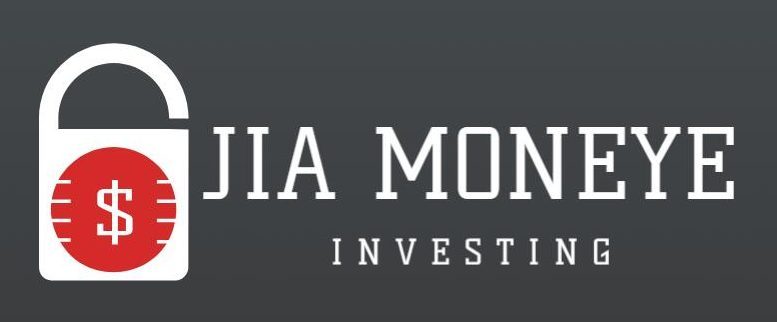How to Avoid Predatory Lending Practices
Avoiding predatory lending practices is essential in safeguarding your financial wellbeing. Predatory lenders are like financial mirages, offering seemingly easy solutions to cash needs but often leading to a debt trap. These lenders typically target vulnerable borrowers, offering loans with exorbitant interest rates, excessive fees, and terms that entrap borrowers in a cycle of debt. Understanding how to recognize and avoid such practices is crucial in maintaining financial health and autonomy.
The first line of defense is awareness. Predatory lending can take many forms, including payday loans with sky-high interest rates, auto title loans that risk your vehicle, or balloon mortgages with terms that seem affordable at first but skyrocket later. These loans often come with terms that are difficult to meet, leading to a cycle of borrowing and re-borrowing, which can be financially devastating.
To navigate these treacherous waters, education is key. Familiarize yourself with common signs of predatory lending:
1. Excessive Fees and Interest Rates: Compare the loan’s annual percentage rate (APR) with market rates and averages. If the APR is significantly higher, it’s a red flag. Predatory lenders often hide the true cost of a loan with exorbitant interest rates and fees.
2. Aggressive Sales Tactics:Be cautious of lenders who pressure you to take out a loan immediately, especially if they push you to borrow more than you need or can afford.
3. Balloon Payments: Some loans are structured with low initial payments, followed by a large lump-sum (balloon) payment. These can be a trap if you’re unable to make the balloon payment when it’s due.
4. Prepayment Penalties: A clause that penalizes you for paying off your loan early is another hallmark of predatory lending. This prevents you from escaping high-interest debt.
5. Lack of Transparency: Be wary of lenders who are not forthcoming with the full terms of the loan, including the interest rate, fees, and repayment schedule.
6. Targeting Vulnerable Borrowers:Predatory lenders often target those with poor credit, the elderly, or those in desperate financial situations, exploiting their circumstances.
Once you’re aware of these signs, take proactive steps:
– Shop Around: Always compare offers from multiple lenders. This includes looking at the APR, terms, and fees.
– Check the Lender’s Reputation: Research the lender online. Look for reviews, complaints, and any legal actions against the company.
– Read the Fine Print: Understand every aspect of the loan agreement. Don’t sign anything you don’t fully understand. If necessary, seek advice from a financial advisor.
– Consider Alternatives: Explore other options like credit unions, community banks, or small personal loans. These institutions often offer more favorable terms.
– Report Predatory Lenders: If you encounter predatory practices, report them to your state attorney general’s office or the Consumer Financial Protection Bureau.
Remember, in times of financial need, the allure of easy money can be strong, but the consequences of falling into a predatory loan can be severe and long-lasting. By being informed, vigilant, and cautious, you can protect yourself from these financial traps and make decisions that support your long-term financial health.
